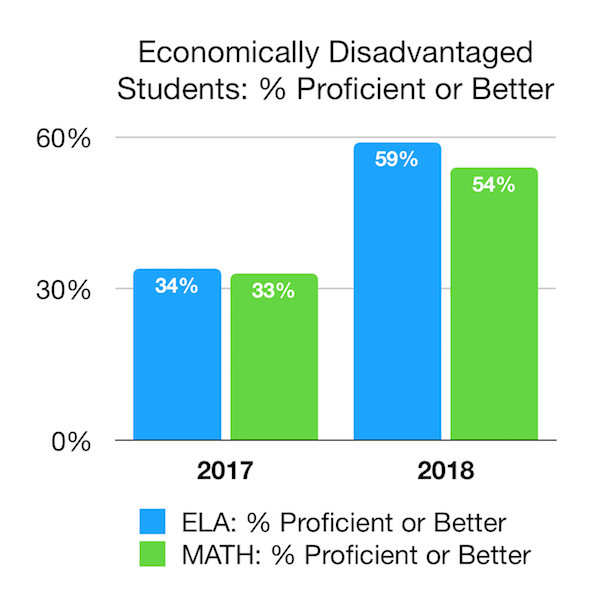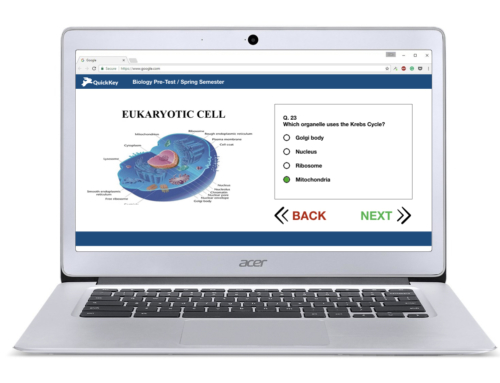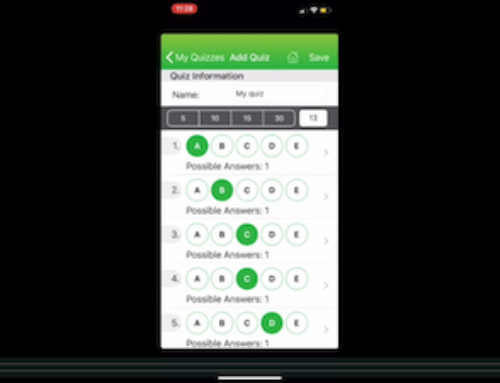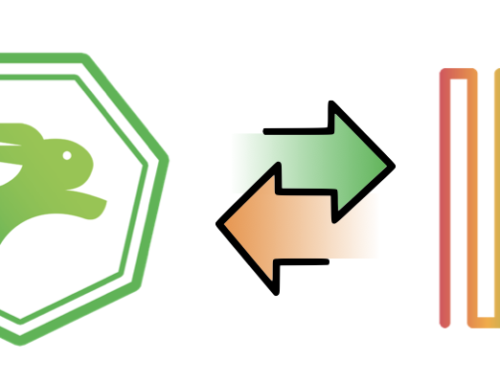There is still time to improve your students’ scores on this year’s New York State Tests and Regents exams.

This simple guide to data-driven instruction will get you measurable results in just one semester.
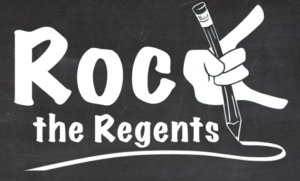
Busting the data-driven myth
Myth: You won’t see measurable outcomes from data-driven instruction unless you make a lot of painful, complicated changes to your instructional plan.
Fact: If you play your cards right, you can see measurable results at every step of the way, even if it takes a long time to reach all of the goals in your plan.
Many teachers and school leaders are reluctant to embark on the “data driven journey” because it seems like there are too many ways to waste time and not see any results. But it doesn’t have to be that way. Even if you are only able to achieve “partial” success with your data-driven instructional plan, you are likely to see your school’s New York Regents Exam scores go up, and achievement gaps go down, in as little as one semester. No matter what else you do, getting data about student mastery of learning objectives is an unalloyed good. And the pitfalls aren’t as numerous as you might think.
How do I get there, how much effort will it take, and what are our chances of success?
Leading change in any organization is challenging, but when it comes to data-driven instruction you have a lot of benefits on your side.
- Best practices exist for implementing data-driven learning in a school.
- Leadership plans for managing the change to data-driven learning are available.
- Software is available to help you make assessments and collect / analyze the data
- Many principals have seen measurable improvements in learning outcomes within 1 semester. But even if student scores or other indicators don’t rise immediately, most teachers will be happy to see how empowered they are by simply having the data and talking about it, and students will likely be more engaged.
What can you accomplish in one Semester?
Here’s how much Roosevelt Academy in Long Island, NY moved their New York State Test scores:
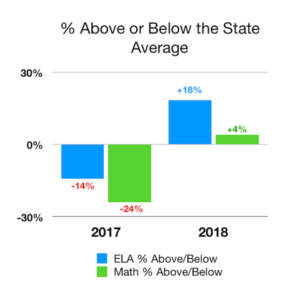
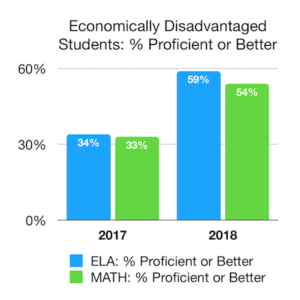
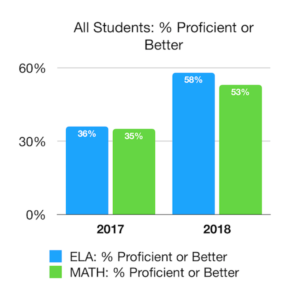
The Six Steps to New York State Test Success
What steps can you take towards data-driven instruction that won’t break the bank on the “change capital” you possess as a leader charged with making positive changes in your organization? Here is a quick rundown:
1. Find your Data Champions.
Task: You have Data Champions in your school, and you already know who they are. Which of your teachers are already using data to drive instruction in their classrooms? Identify those teachers and set up a meeting so they can tell you what they do, how they do it, and why it is worthwhile for them. Next, ask them what they could achieve in collaboration with their department and other departments, if everybody were collecting and using data in the same way. Write down what they say.
Benefit: This process might just give you a blueprint for how to proceed. Going forward, these champions can help you design the data-driven instructional plan and get buy-in from other teachers.
1. Adopt one system for quizzes and tests.
Task: Ask your Champions what they use to collect frequent formative quiz data. Task them with finding out what their colleagues use. Once you have collected all this information, hold a meeting with your Champions and decide on one or two tools that they will ask their colleagues to try. At this point, you may want to ask your Champions or the tool vendors to do a demo and a training on how to use the tools.
Benefit: When all of your teachers use the same tool for giving and grading quizzes and tests, it gets all the data in one place and sets the stage for measurement, collaboration, planning, and action. As long as the technology provides access to the needed data and is affordable, pick the one that is easiest for teachers and students. Also, by providing a tool for giving and analyzing quizzes, you take all of your teachers one step closer to using data. Who knows, some of them might try it on their own! How to choose a frequent formative assessment system for teachers.
2. Overcome objections to using data.
Task: Foster a Growth Mindset around data. Many teachers are reluctant to use data to drive instruction because on its face it takes more effort, or because they are wary of being judged. Overcome these objections by starting slowly: First, start communicating about how you don’t want to use data to judge, but rather to enable growth in the context of a growth mindset. Ask your Champions to hold a lunchtime info session on how they use data, how they do it without wasting time, and why they think it’s worthwhile. Provide something yummy to eat and drink! After that session, you can ask your Champions to have one-on-one conversations with colleagues in their department to gauge each teacher’s readiness to use data.
Benefit: Nobody likes “one more initiative coming from the top” to mess up habits that are “working for me.” Overcoming objections to using data is about buy-in, and about initiative coming from within your community of teachers. By first eliciting the objections to using data, you set the stage for buy-in later. Also, studies have shown that simply imparting a Growth Mindset to teachers and students through the idea of using data can improve scores.
4. Know your summatives and model your frequent feedback on them.
Task: Key to success with data-driven instruction is making sure the effort is linked to outcomes on which teachers and schools are measured. Many of our partners have succeeded by creating a set of 12 low-stakes assessments, each one mapped to standards that are tested on end-of-year or semester exams. At the very least, however, you can ask your Champions to share their own assessments with others in their department. If your Champions aren’t yet aligning their assessments to standards, this is something you can ask them to do. And don’t forget to give them time to do it, and/or provide a reward for spending the time aligning their assessments to the standards that will be tested on the New York Regents Exam.
Benefit: When in-class quizzes are aligned to standards, it becomes easy to see student progress toward each standard and their performance on the New York Regents Exam. If the assessment tool you chose allows you to see scores from all quizzes for all students then you can track this yourself and get real insight into where to focus.
5. Provide time for working with data, and choose a framework for using it.
Several of our partners have succeeded with tiered instruction, a combination of the basic curriculum with study group time and ultimately one-on-one tutoring for those who need it. Validated Learning can help you and your staff research different methods and choose the one that will work best in your school. See an example of how a school used RTI to improve outcomes.
Task: When your Champions feel the time is right, hold a meeting with your teachers, perhaps starting with the testing subjects for the New York Regents Exam. Ask your Champions to propose to their colleagues one or two simple ways they could work together to turn data from classroom quizzes into remediation for students falling behind in class. Remind teachers you want to support these efforts and make sure to ask how you can support them.
Benefit: Now you are turning data into action that will surely have an impact on the NY Regents Exam scores! Well done 🙂
6. Practice, collaborate, and refine! (and oh yeah … this is a judgement-free zone).
No data-driven learning plan will be perfect from the get-go. Most teachers will need time to adjust to collaborating with each other and with frequent measurement of their students against the learning objectives. Everybody should keep in mind that when done properly all teachers will have a mix of high-, middle-, and low-performing students at the beginning of the semester.


